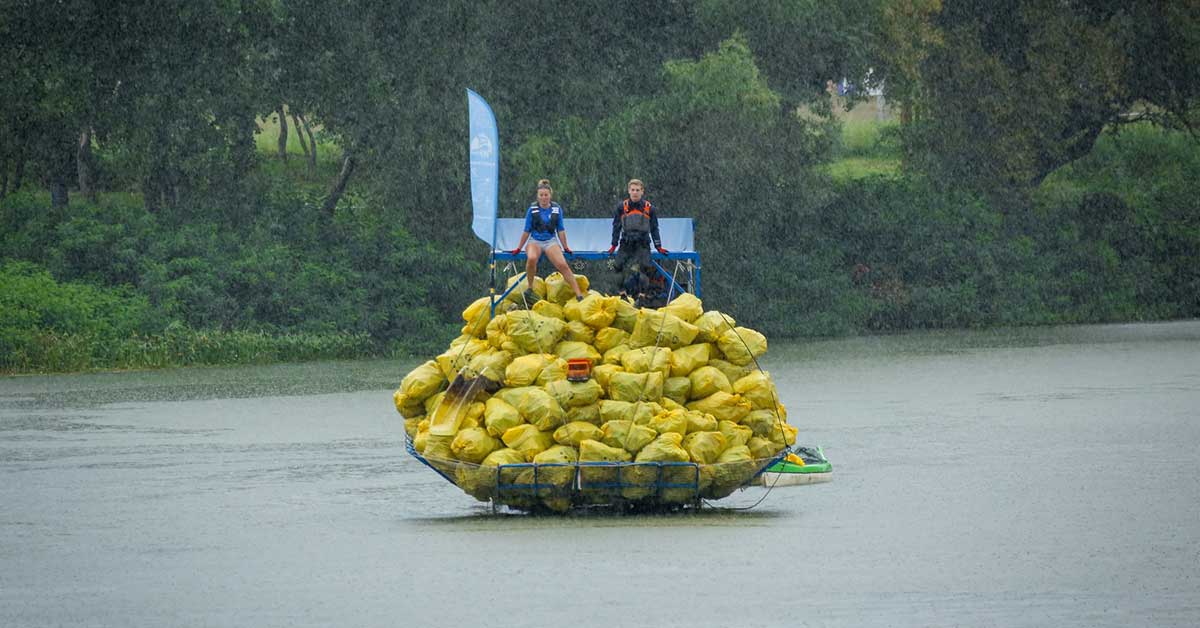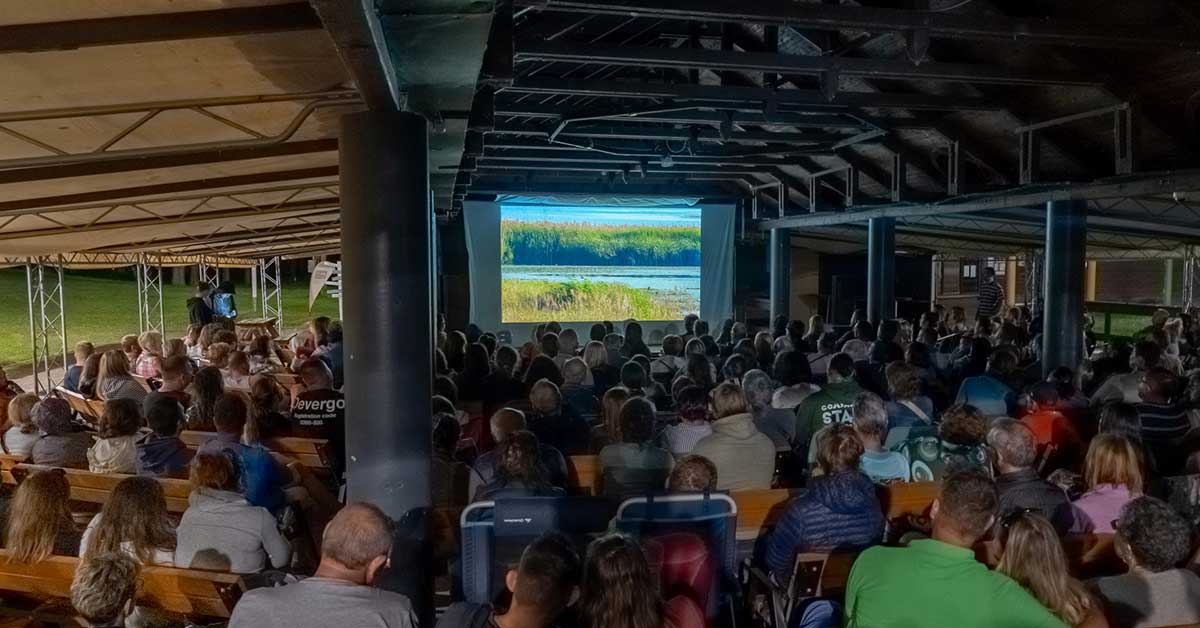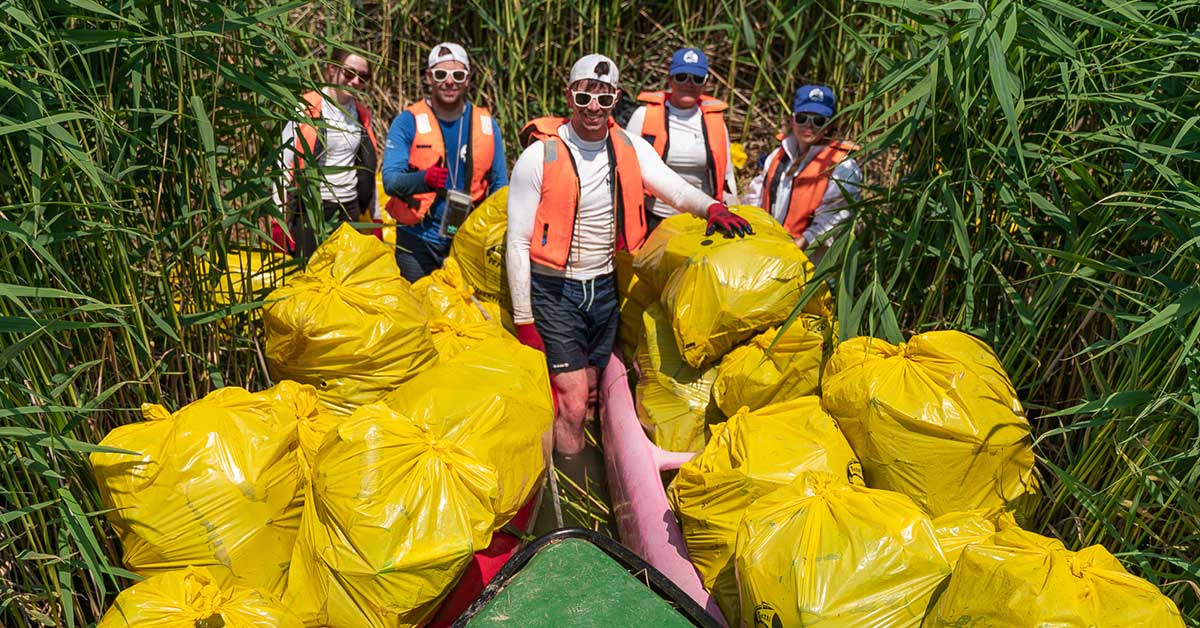
One of the biggest water projects of the last forty to fifty years is being prepared in Szabolcs-Szatmár-Bereg county, as river Tisza would be drained the to the Nyírség area.
Some experts say this would be the best response to the increasingly hot, dry droughts of recent years. River Tisza not only needs to be drained 80-90 kilometres away, but also needs reservoirs to hold the water.
Reading the news, we have gathered pros and cons of modifying the natural flow of rivers – especially Tisza that has been tampered with several times in the past 180 years.
Reservoirs are man-made bodies of water created by the construction of a dam across a river or stream. The primary purpose of reservoirs is to store water for irrigation and drinking, as we see it in the current plan for the Nyírség area but they may be also be sources of hydro-power. As such, they can be beneficial to local communities, but can also cause environmental damage.
For areas that are prone to drought and lack a reliable source of water, reservoirs can be enormously valuable. Irrigation from reservoirs can indeed increase crop yields, and provide water for both humans and animals, or can become attractive tourist destinations, bringing more money into the local economy.
However, reservoirs can disrupt the natural flow of a river, which can have an impact on the local ecology and wildlife. It needs to be considered that the water stored in a reservoir can become stagnant over time, with decreased oxygen levels that can lead to the death of fish and other aquatic life. Also, even if it is not killing them, the modified riverbed is affecting the migratory patterns of fish and other aquatic animals. The construction of a reservoir can have a significant impact on other aspects of the environment, too. The damming of a river can cause flooding, which can lead to the destruction of forests, marshes, and other habitats.
Regulating Tisza has already proven to destroy local ecosystems since the 1840s, and droughts caused by the climate crisis have made it even worse. Taking more water from a river that has already struggled last summer and adding the effects of vaporisation are certainly impacts that need to count with. As a reminder, four of the major European rivers were drying up last year: Danube, Rhine, Loire and Po…
Sources and references:
https://www.szon.hu/helyi-kozelet/2023/02/a-nyirsegbe-vezetik-a-tisza-vizet


